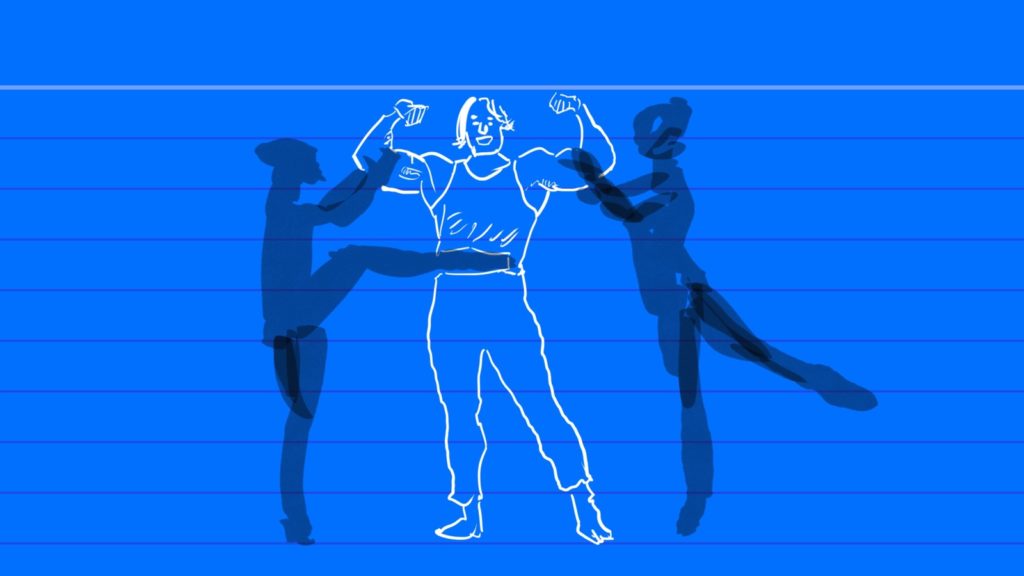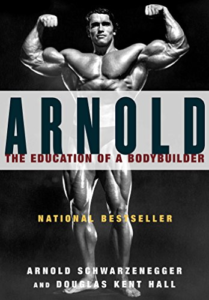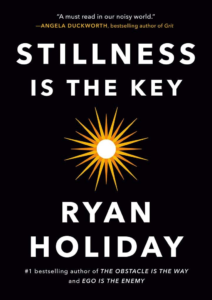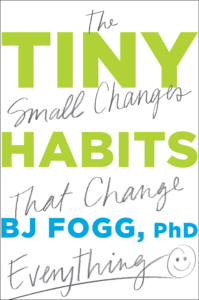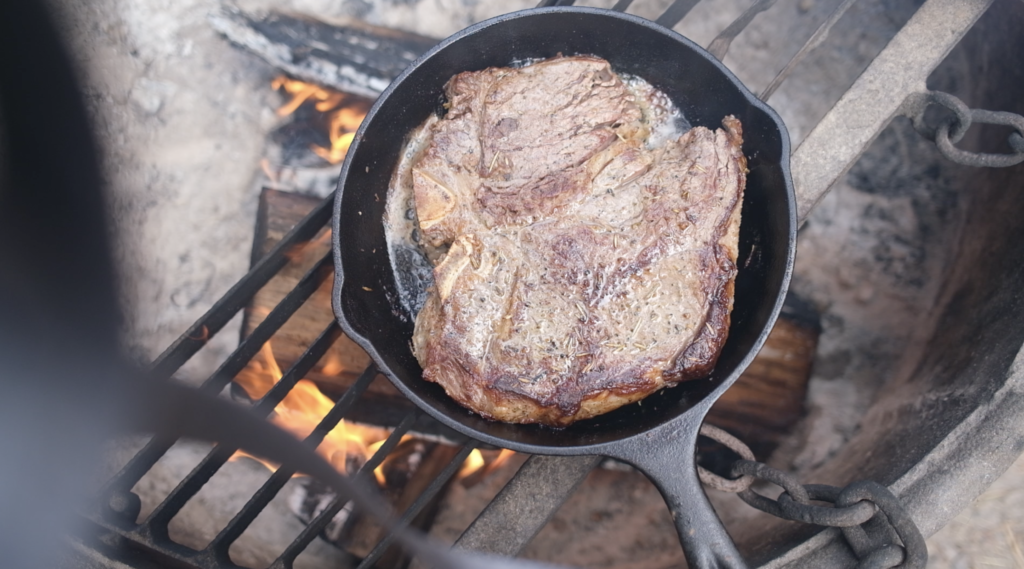I’m trying to think about how to do book notes episodes better and I think it’s by starting with questions that can lead to somewhat more interesting answers. I’ll update this post with more questions.
Intro/overview ideas
- What’s the overarching story of the book?
- What’s the overarching theme of the book?
- How would you explain the book to… your childhood self?
- How would you explain the book to… an alien?
- How would you explain the book to… a friend?
Middle ideas
- What was your favorite scene?
- What are your 3 favorite quotes from the book?
- What are 3 mental models from the book?
- What was surprising about the book?
- What was unsurprising about the book?
- Who was your favorite character in the book?
Conclusion ideas
- Did this book change your mind about anything?
- What are books that are similar or related?
- Is there a different book you’d recommend reading instead of this book?
- For fiction books: what would the nonfiction version be like? (Musashi → Mastery)
- Musashi example: How to master the sword, kill effectively, and mentor (without going crazy!)
- For nonfiction books: what would the fiction version be like? (Mastery → Musashi)
